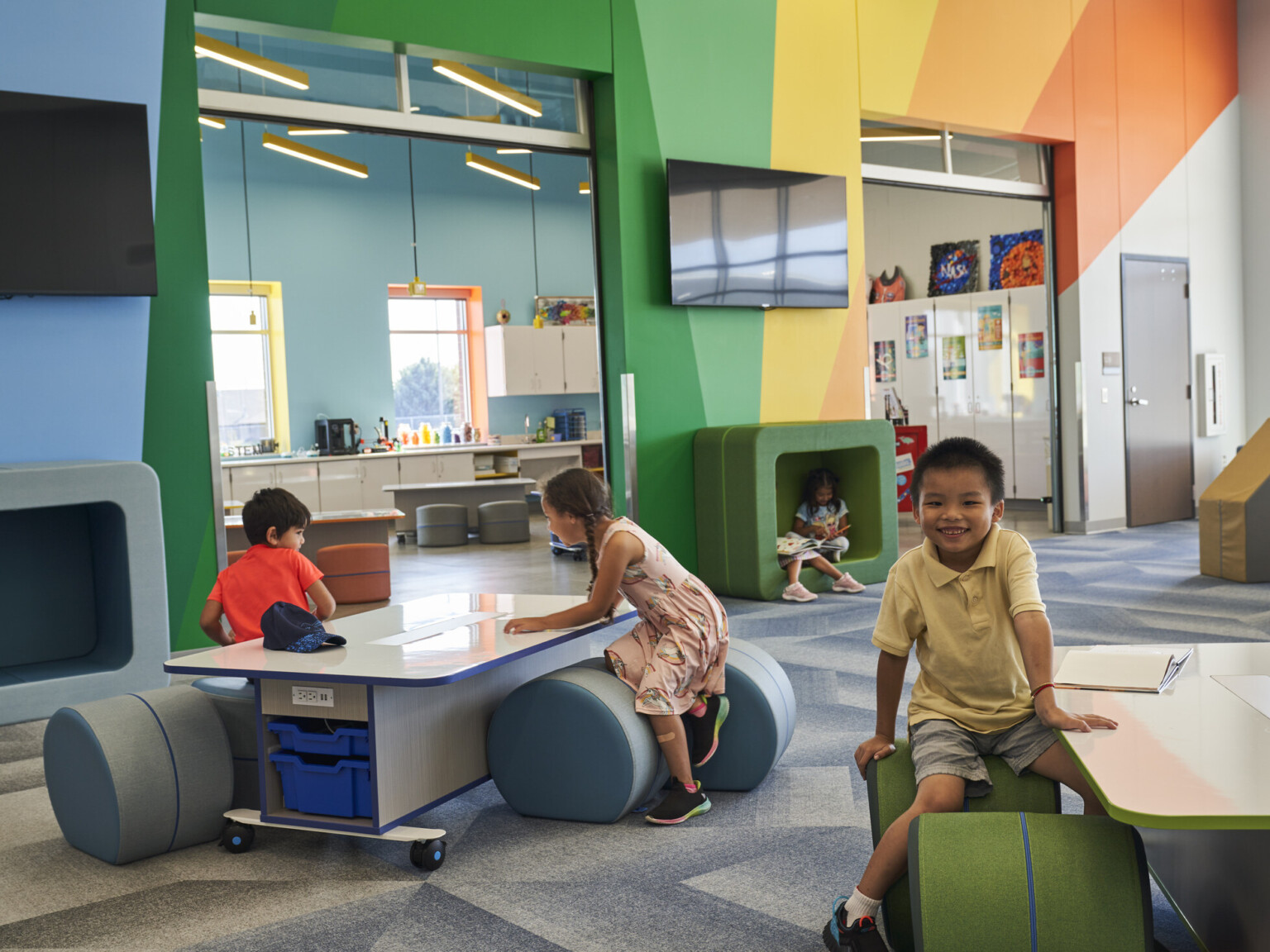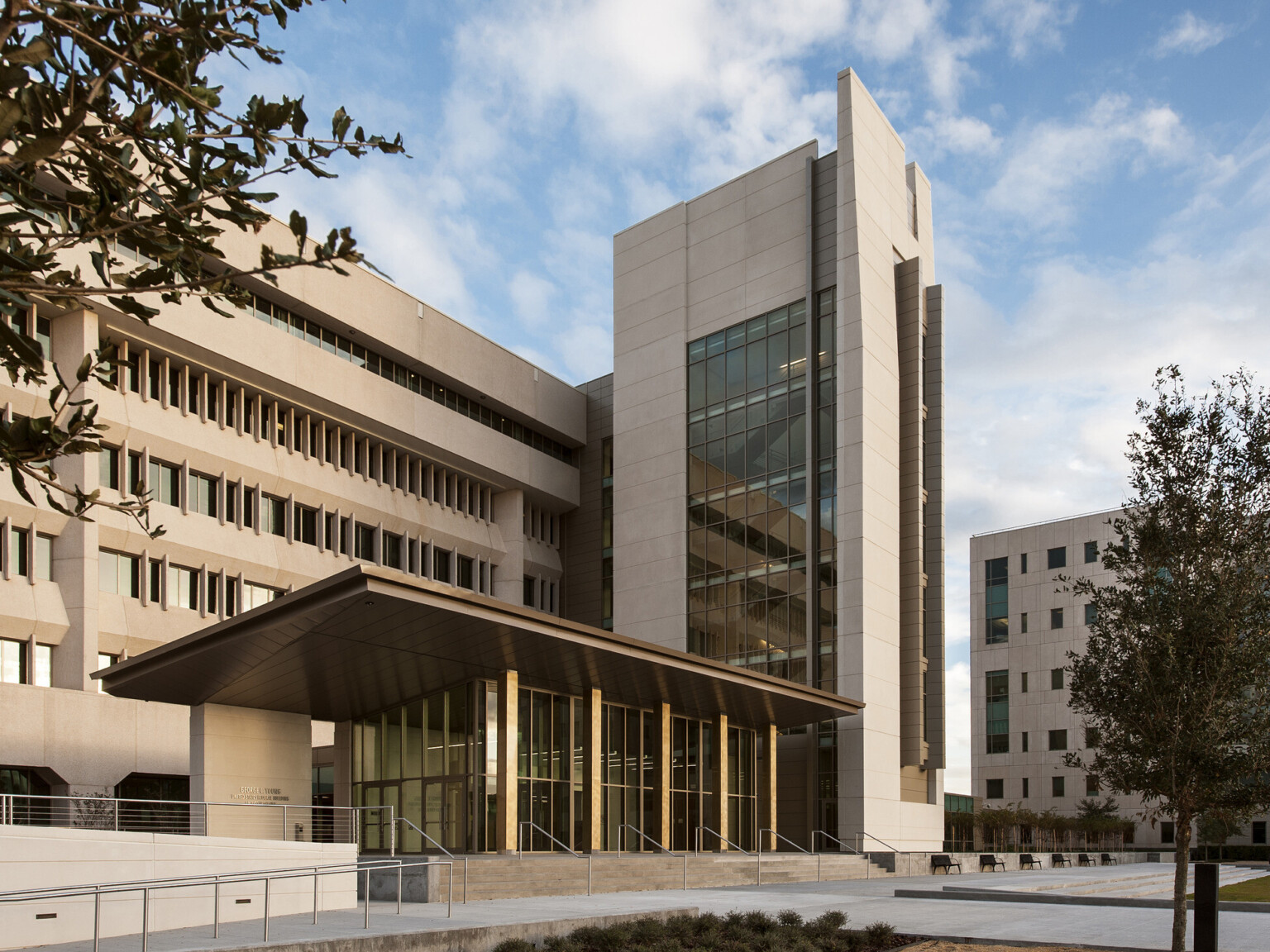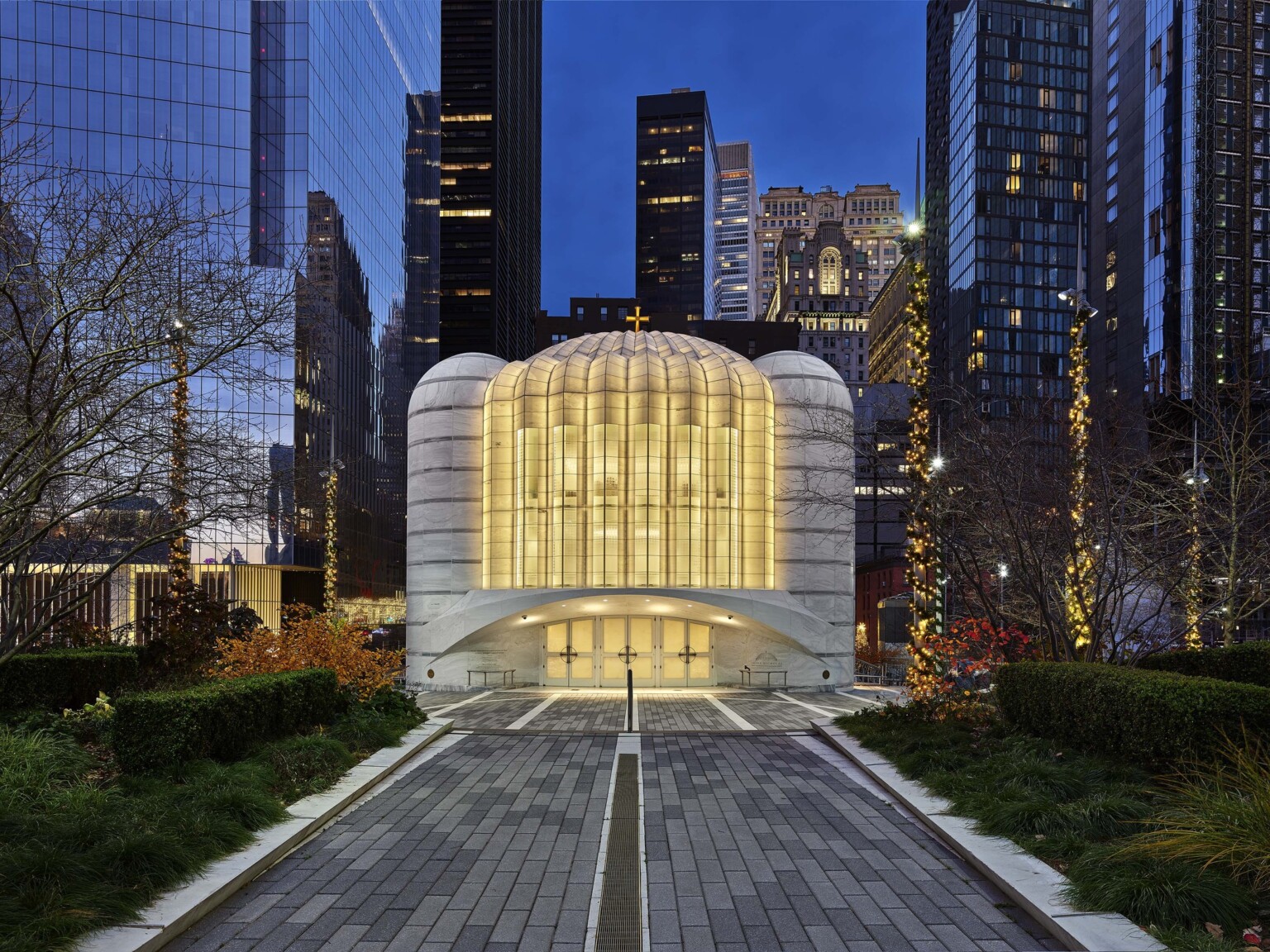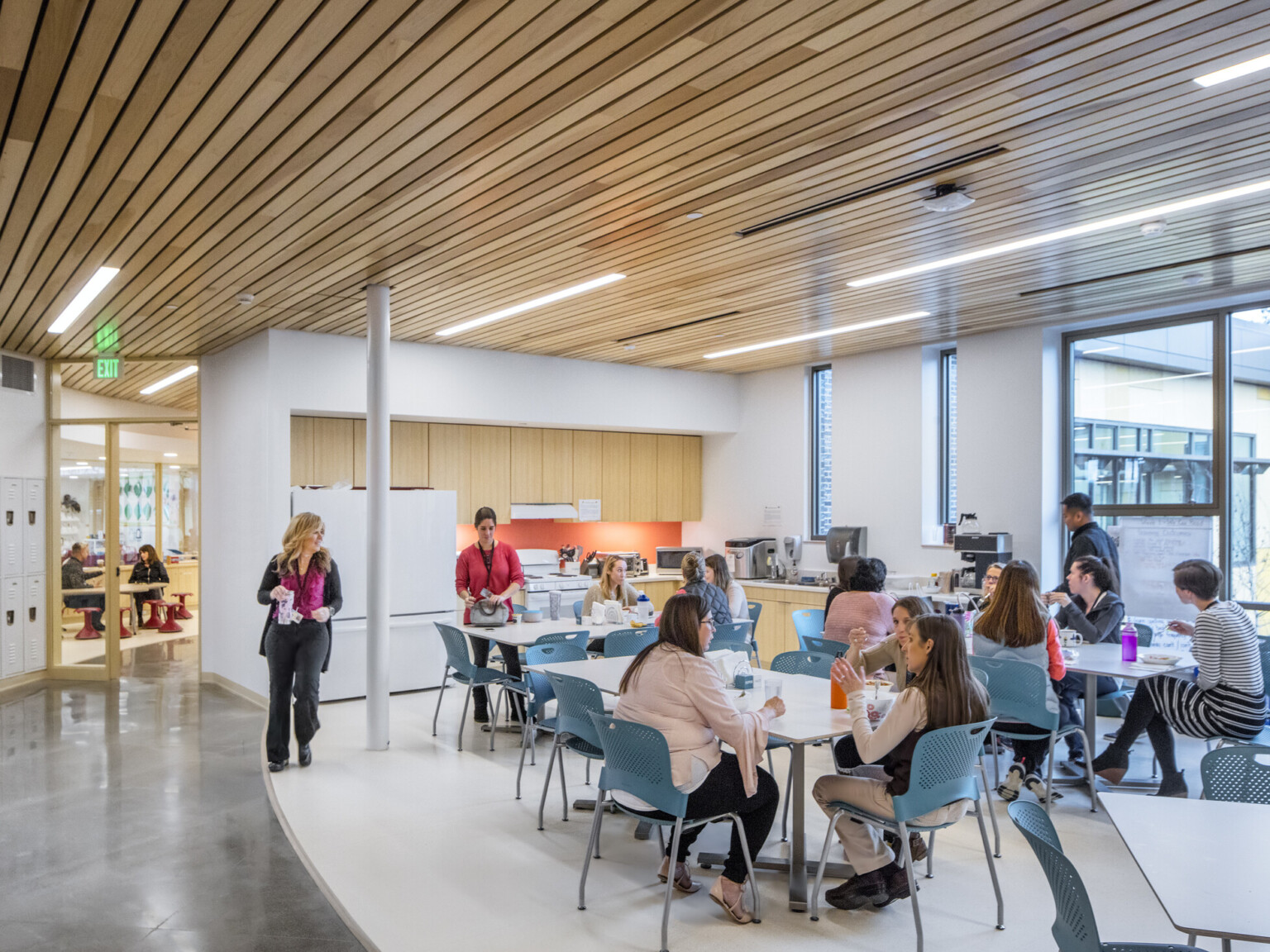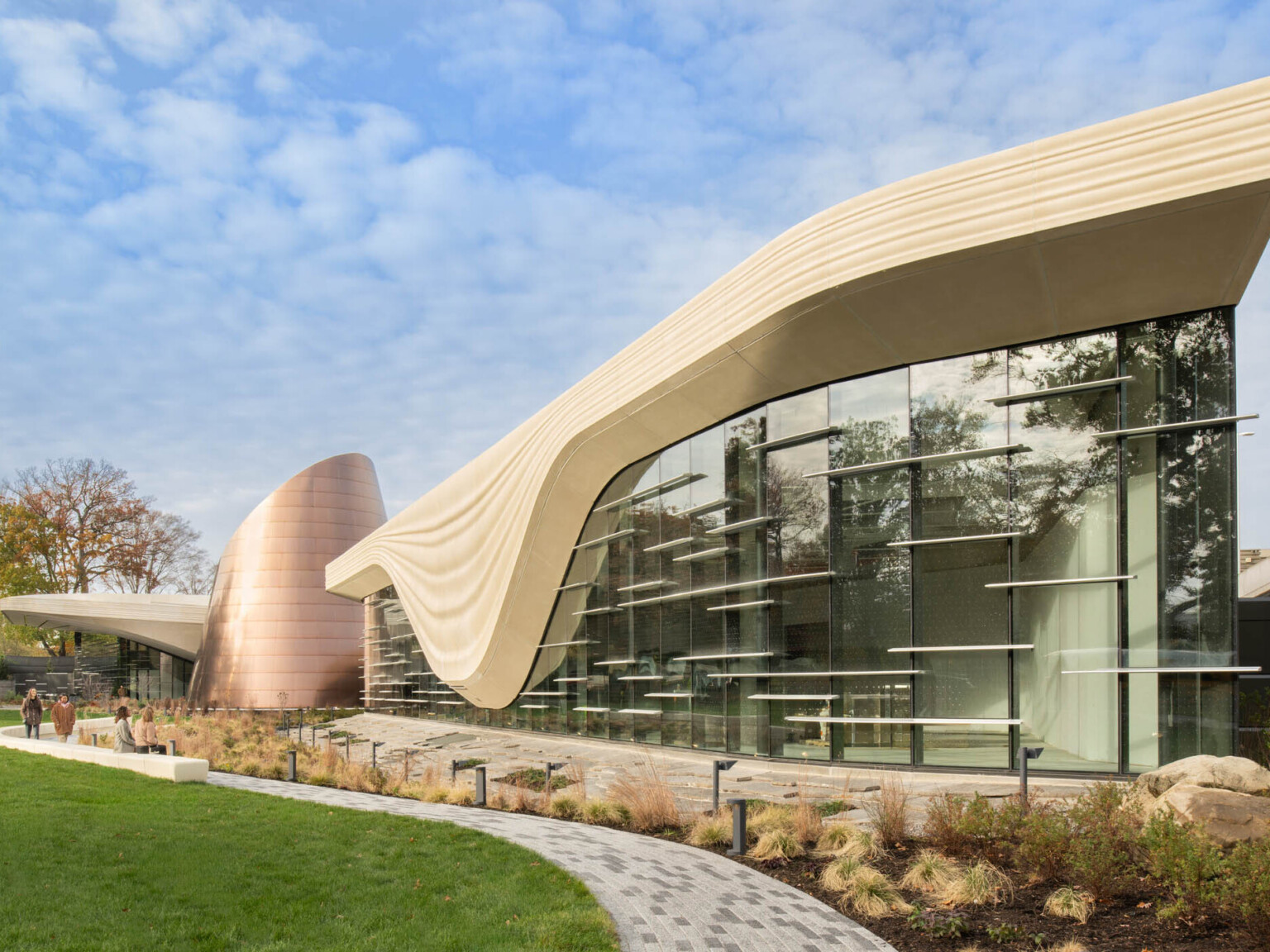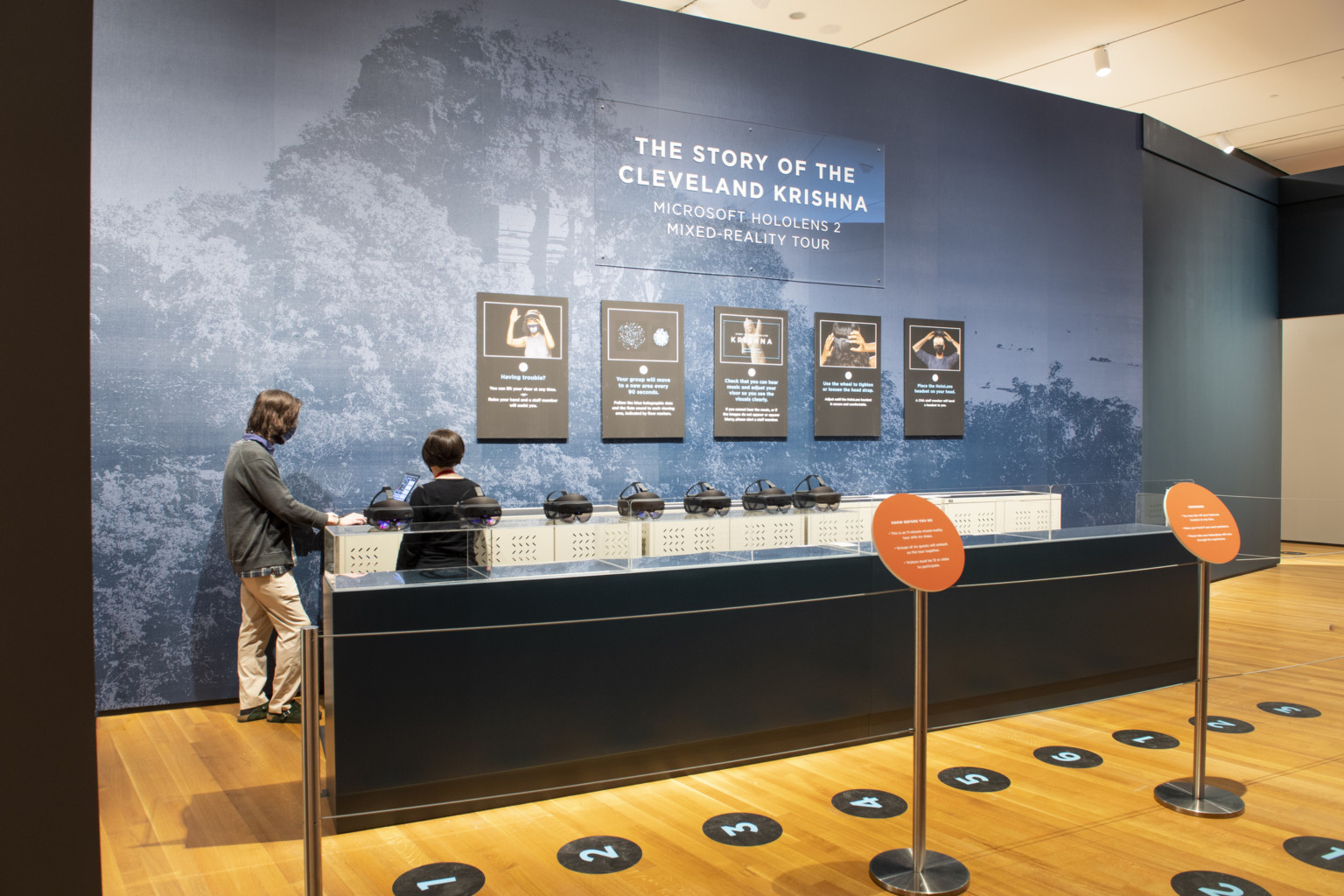
Integrating Technologies to Bring History to Life: A Krishna Story
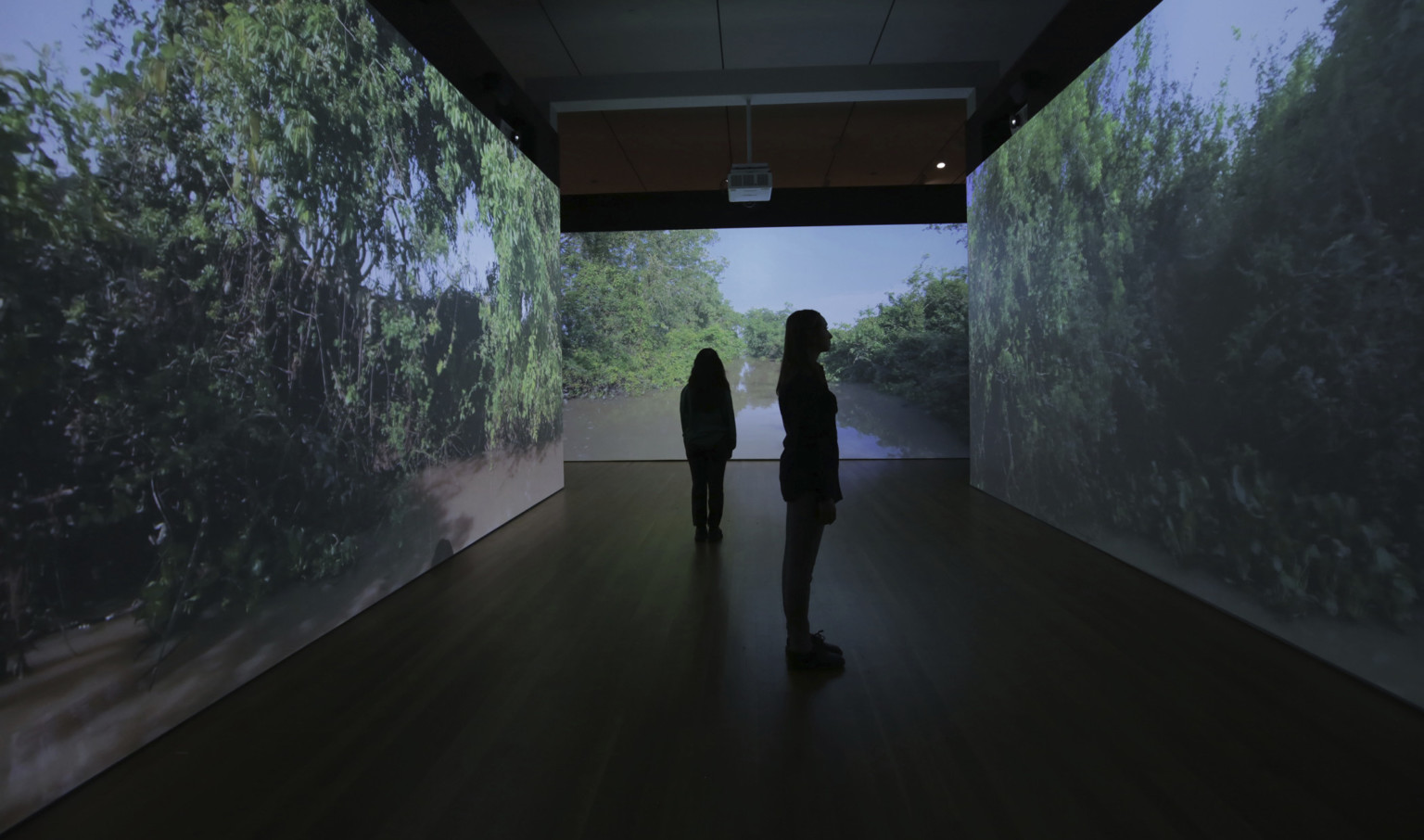
Many museums are seeking creative ways to deliver compelling stories about their collections so visitors feel transported back in time to gain insight and understanding into our past world. The days of dusty rooms filled to the brim with static artifacts and tiny labels with a few notations, curated by geography, time, or association, can limit a deeper understanding of why these artifacts have been saved, preserved, and displayed. By incorporating the latest technologies in museum exhibits, users can dive deeper into the origins, history, and associations of our past all at the click of a mouse, touch of a screen, or gesture of a hand.
Recently, The Cleveland Museum of Art, led by Chief Digital Technology Officer Jane Alexander, and George P. Bickford Curator of Indian and Southeast Asian Art Sonya Rhie-Mace, embarked on a path to deliver a truly unique, immersive, and compelling merger of traditional museum exhibits and state-of-the-art technologies. We were engaged by The Cleveland Museum of Art, a long-time client, to bring to life the compelling story of a particular artifact in the archives – the “Cleveland Krishna.” The “Revealing Krishna” exhibit transports visitors to the dramatic floodplains of southern Cambodia and shows the life story of the sculpture “Krishna Lifting Mount Govardhan,” spanning 1,500 years and three continents.
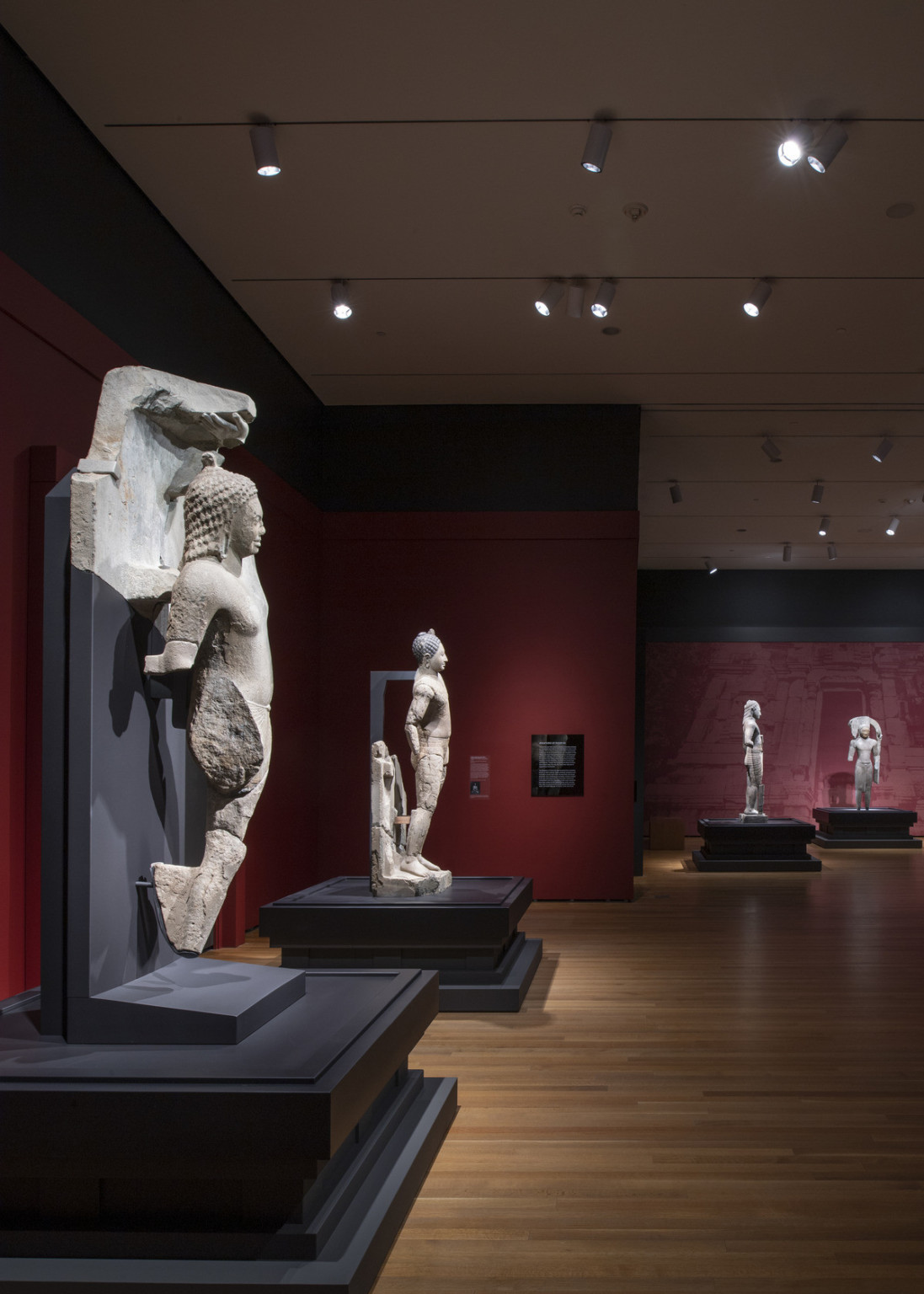
Immersion: Combining History and Technology
My DLR Group teammates and I were tasked with exploring the convergence of history and technology to elevate the patron experience and provide a deeper understanding of this culture, the timeline, and the artifact itself. Our team of specialists provided sound design, lighting direction, and technology insight and design as part of the larger collaborative design team of exhibit designers, curators, technologists, and programmers. Together, we developed an experience using immersive projections, holographic display technologies, interactive projections, and digital story telling of the timeline of the events and history of this artifact.
Our work focused mostly on sound design, specifically building a cohesive and dramatic soundscape overlaying voiceovers in concert with captured video footage and CGI created elements. We were challenged to transport patrons through time with accurate and relevant sound effects to mimic what a person would have experienced during the more-than-100-year and three-continent journey of this amazing statue. Ultimately, if anyone from Cambodia experiences the immersive exhibit, they will recognize the sounds all the way down to the birds chirping in the trees. To ensure undeniable accuracy, a team of curators, videographers, and exhibit designers traveled to Cambodia to record audio and video of the journey up the Mekong Delta in Angkor Borei to the Stone Mountain Temple in Phnom Da where the artifacts were discovered. During the trip, the team recorded the ambient acoustic signature of the cave temple where the Krishna statue stood. This effort allowed the design to convolve the voiceover of Krishna, giving patrons the intimate experience of being in the cave with Krishna.
Music and Sound Design
Within the current exhibit, we designed soundscapes in three distinct areas and overlaid transitional flute music performed by Cambodian flute player Arn Chorn, who learned flute while being held prisoner by the Khmer Rouge.
First, a 270-degree surround video and audio experience takes patrons through the eight-hour river trip to the mountain. This five-minute video loop is accomplished via 360-degree high-resolution video from a boat on the river to drone footage with stereophonic recordings along the way. As the experience progresses, several elements that were created specifically for this exhibit are digitally placed within the surround audio systems.
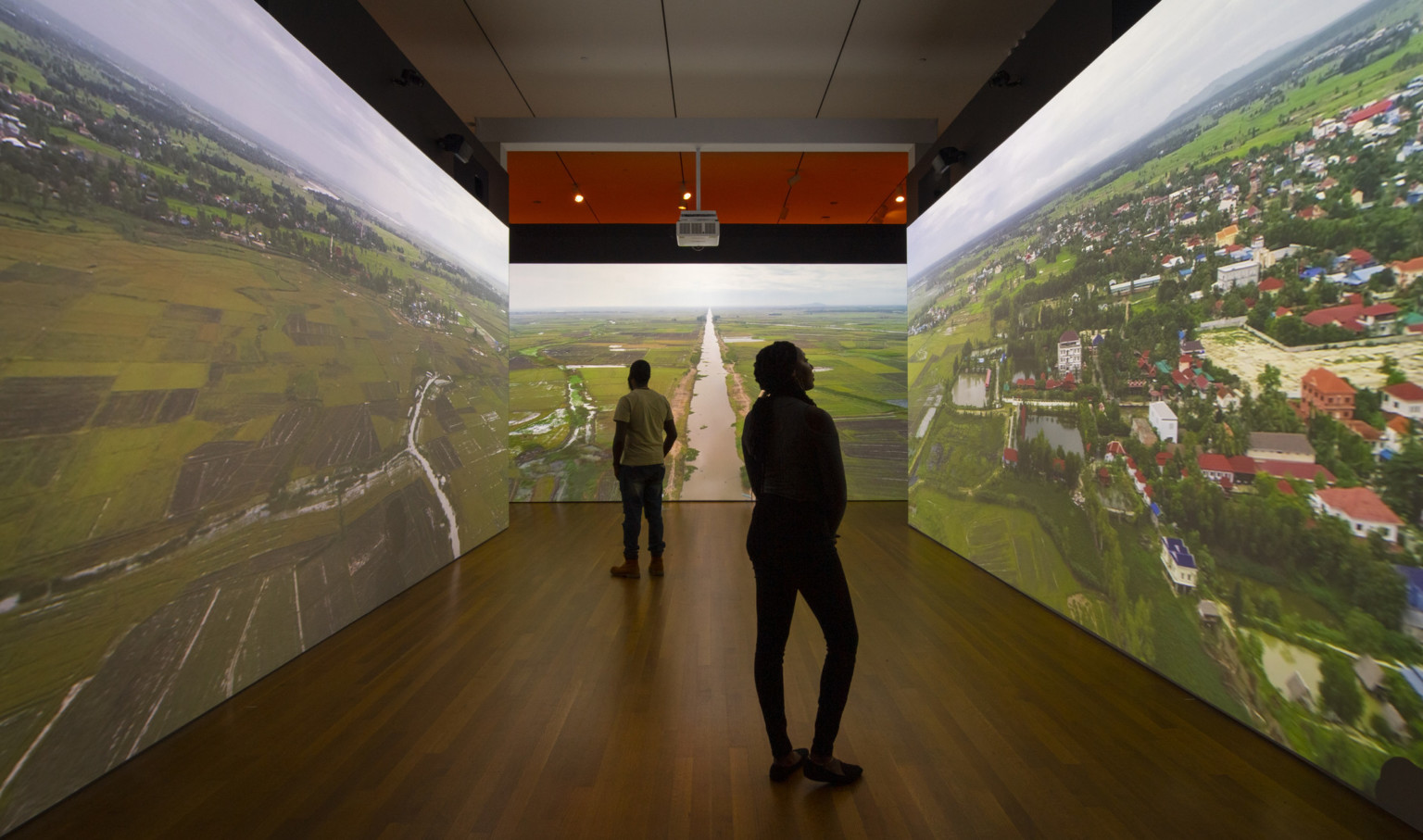
Augmented Reality with Immersive Soundscape
The second distinct area of our sound design is the Hololens 2 augmented reality experience. Here, we overlaid sounds through time with the Krishna voiceover. To achieve the desired sound, we used an advanced software platform to align the audio elements with the virtual elements. This allows visitors to locate each sound effect where it’s perceived in space, often attached to a virtual object. To accomplish a fluid presentation at the highest levels possible, and to avoid buffering issues with the presentation, the design required a delicate balance among the fidelity of the virtual lighting, the rendered elements, and the audio file sizes.
The final sound design experience incorporates a 1×10 video array timeline that provides additional context of how and where the Krishna statue arrived. It also highlights geopolitics during the blocks of time that contribute to the history of the piece. Timeline voiceovers by Angelina Jolie and best-selling author Loung Ung (First They Killed My Father), create a cinematic soundtrack for further context to the history and story of this exhibit.
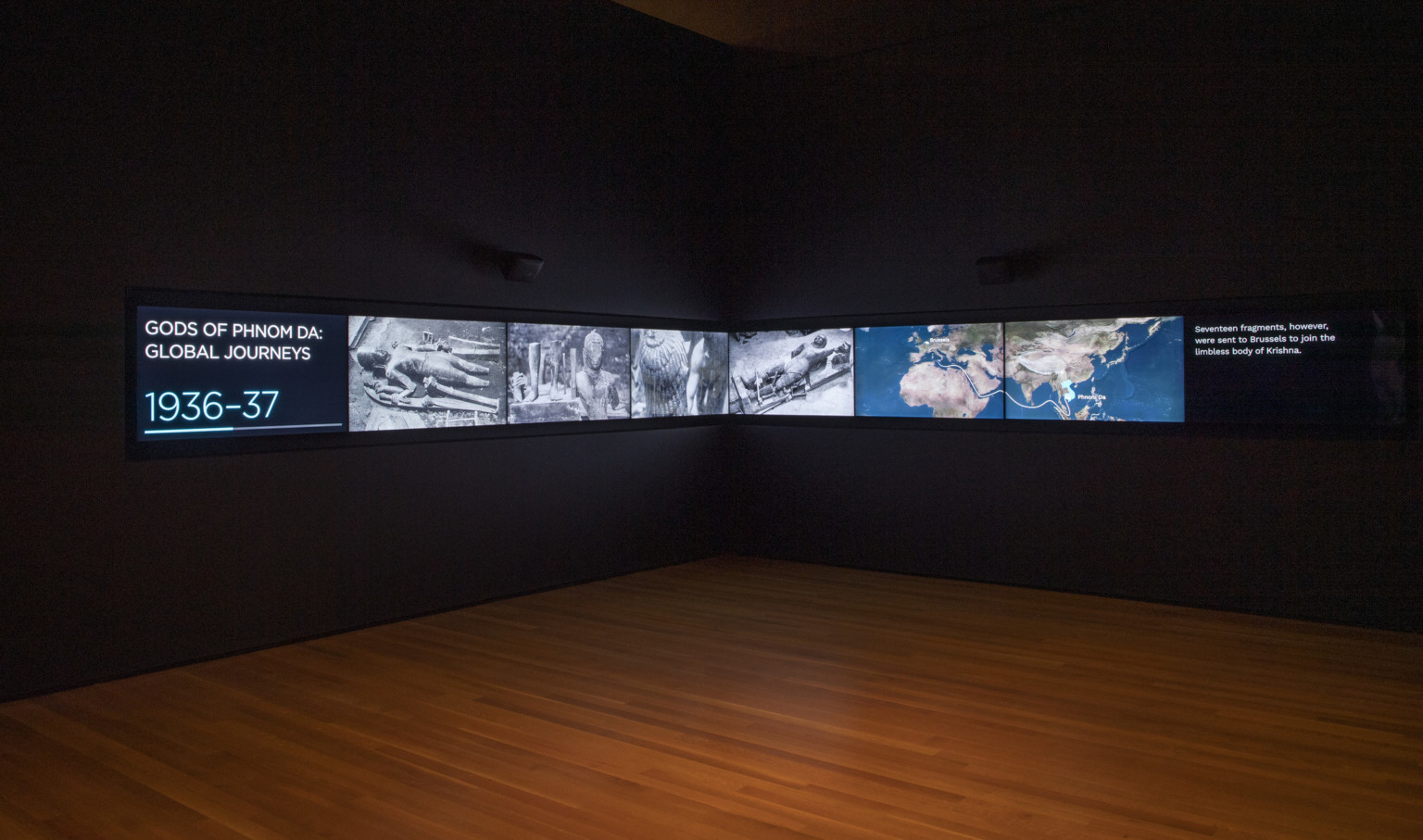
Lighting the Digital Experience and Artifacts
We lent our expertise from decades of lighting design in live theater to create appropriate mood, movement, color, and direction to each of the five stations within the augmented reality experience. To accurately portray the historical images and locations, we paid close attention to color temperature, direction, and beam pattern of the images. Many of these images are viewed alongside virtualized CGI elements, which were either fabricated from scratch or from 3D scanned representations of the original artifacts. This includes the cave where Krishna was found.
Lastly, we worked with the full exhibit team in collaboration related to material use, lighting, geometries, and control solutions for the interactives surrounding the Gods of Phnom Da experience. Each of the eight major sculptures are reunited digitally through large format, interactive projection to leverage photocell triggers that transition between full views of each statue to intricate details and elements of each statue once the beam was broken.
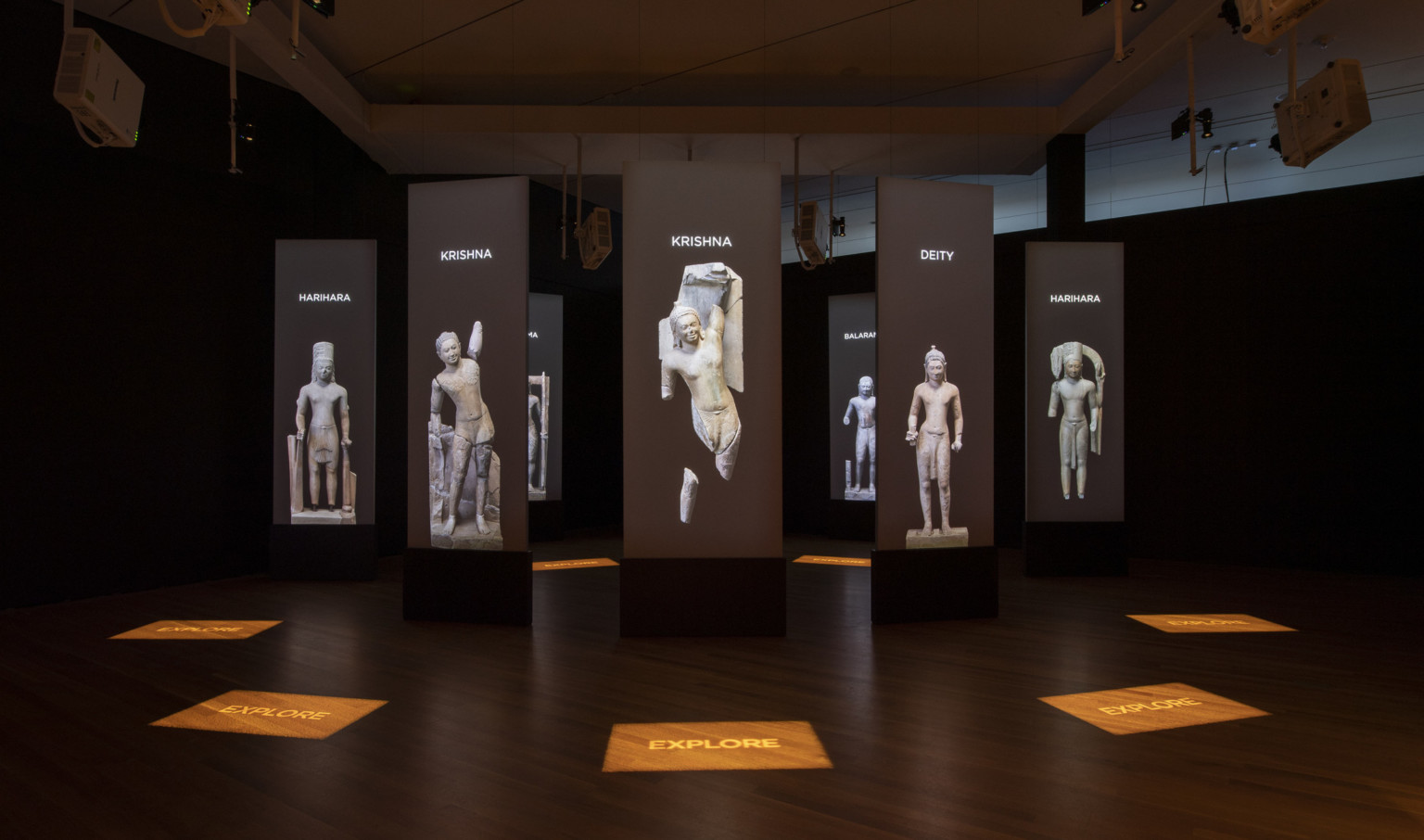
A more dynamic and compelling history of the “Cleveland Krishna” is possible through the creative application of modern technology. Drawing all the story elements together in a transformative way provides patrons with a truly unique and immersive experience that brings the “Cleveland Krishna” back to life for new generations to discover.
See more of our technological innovation for museum audiences at the Hispanic Society of America in New York.
Raymond Kent brings over 38 years of experience in technology, scenic, lighting, and projection design for premiere clients including Cleveland Museum of Art, The Smithsonian, The Rock Hall of Fame, The Las Vegas Mob Museum, Broadway and regional theater productions, and more.

